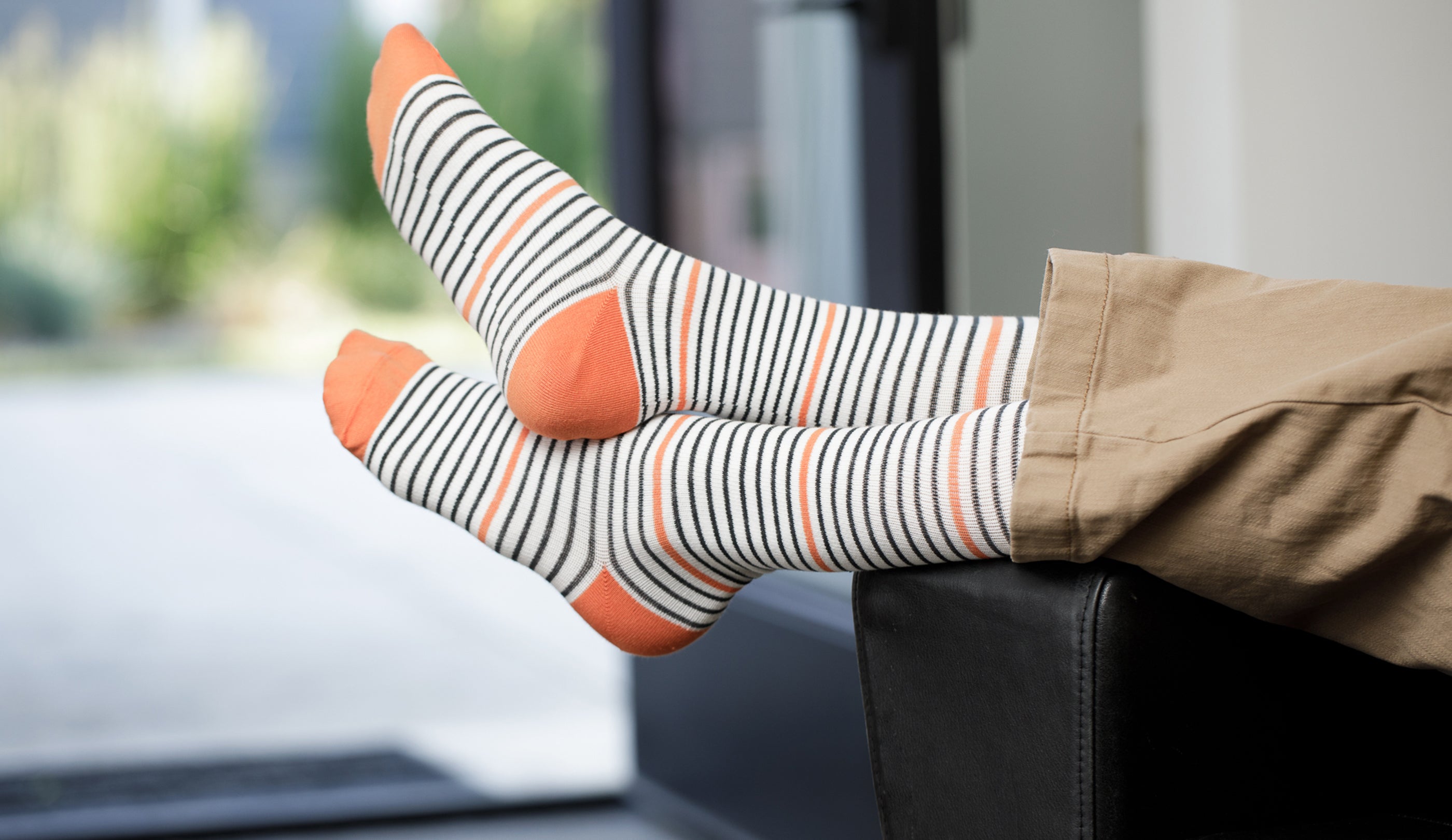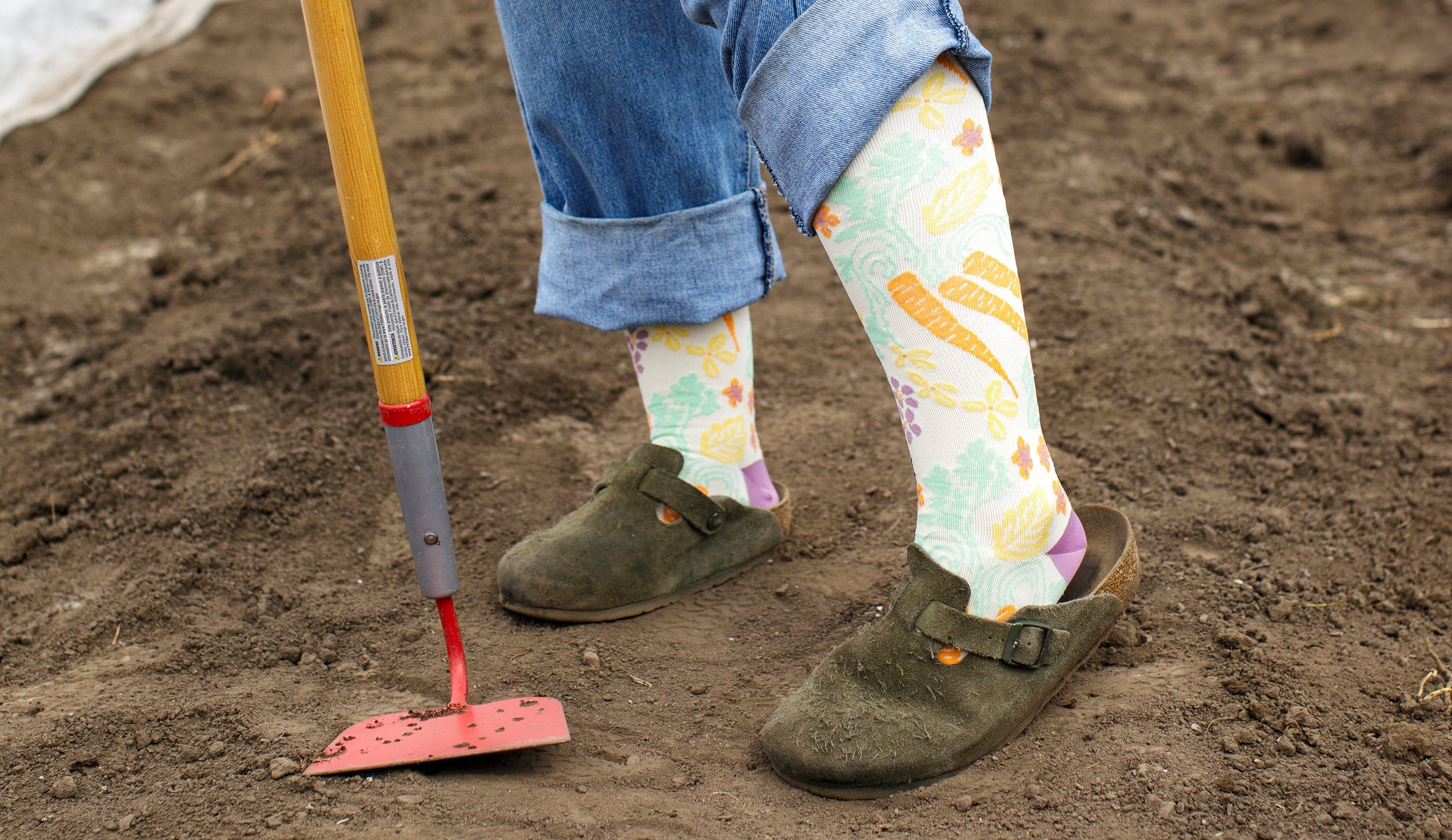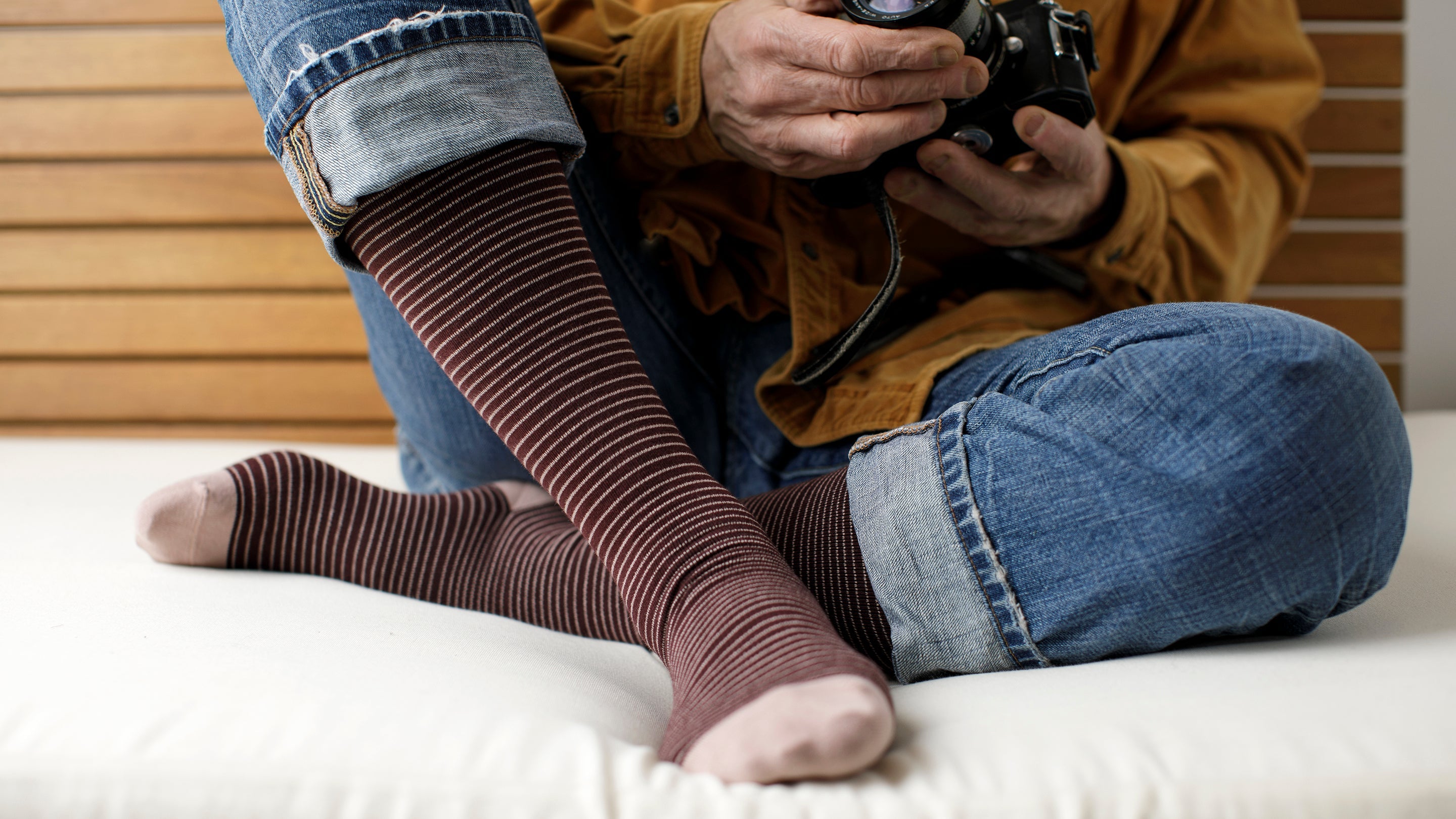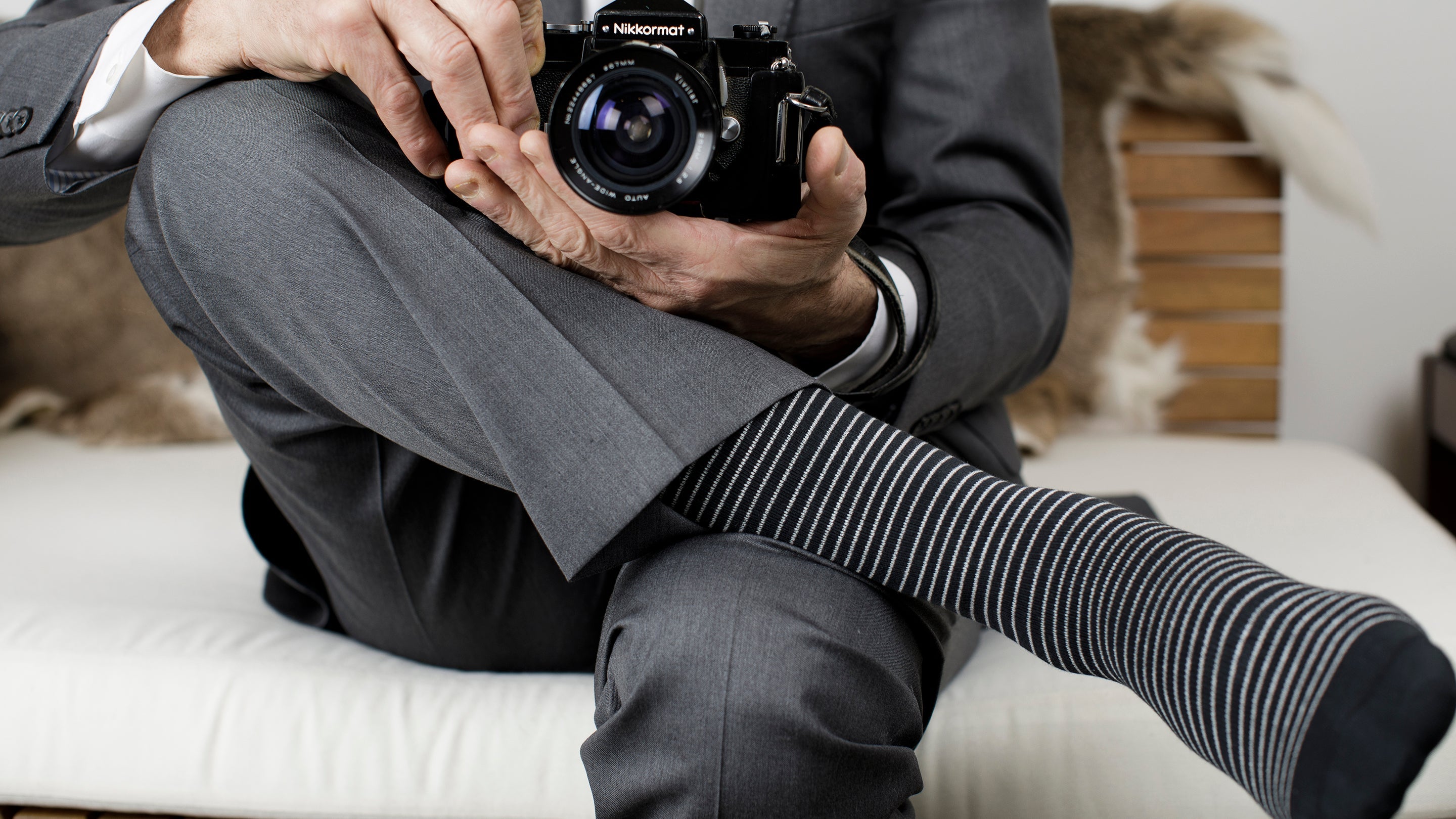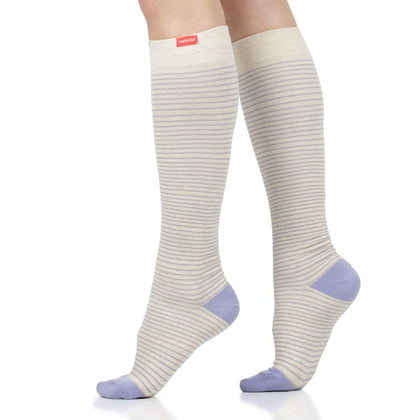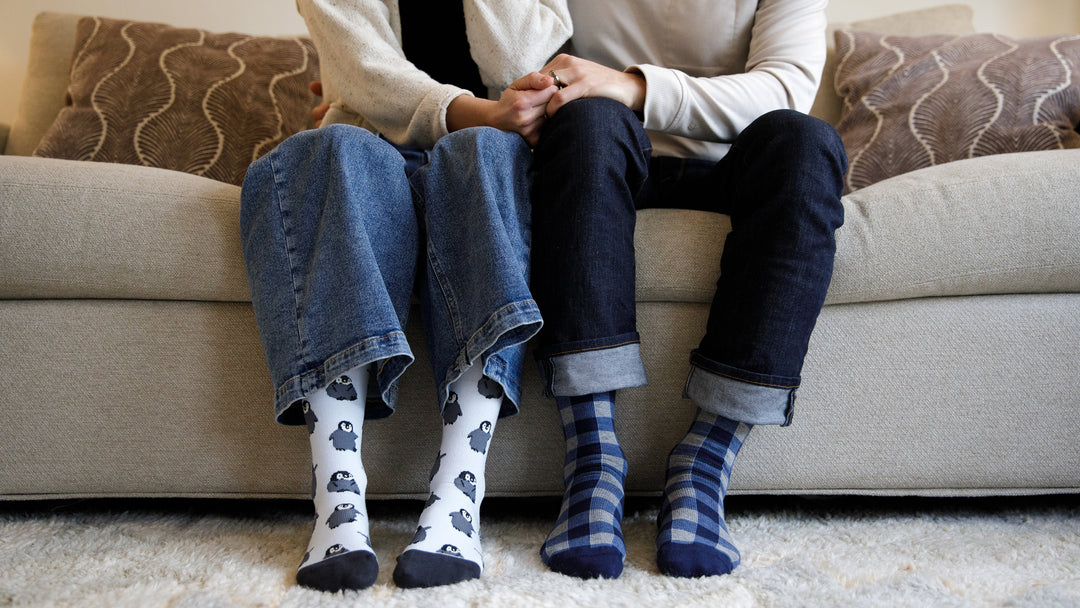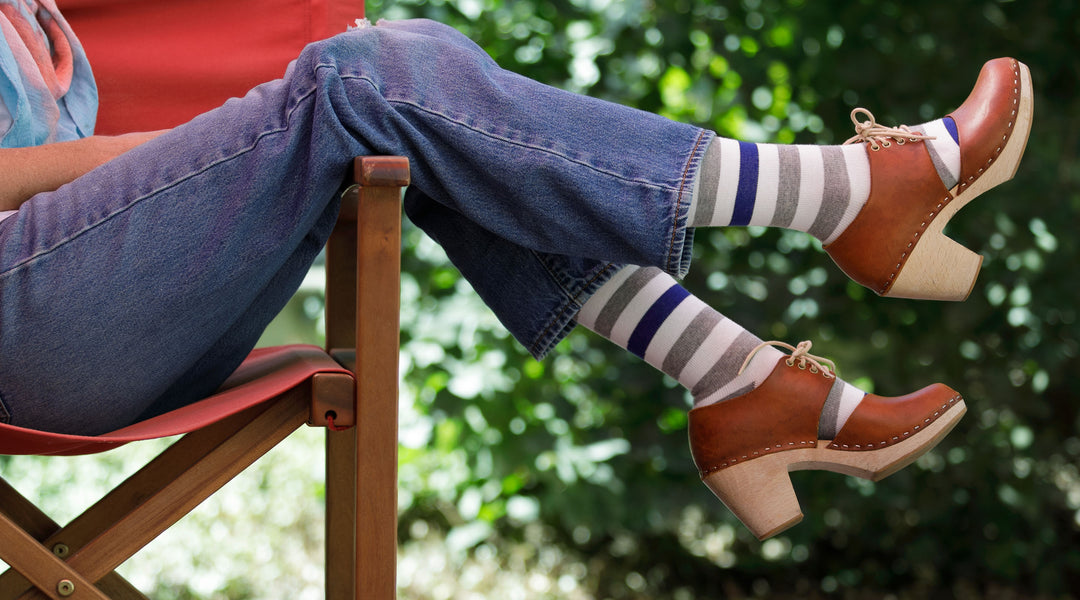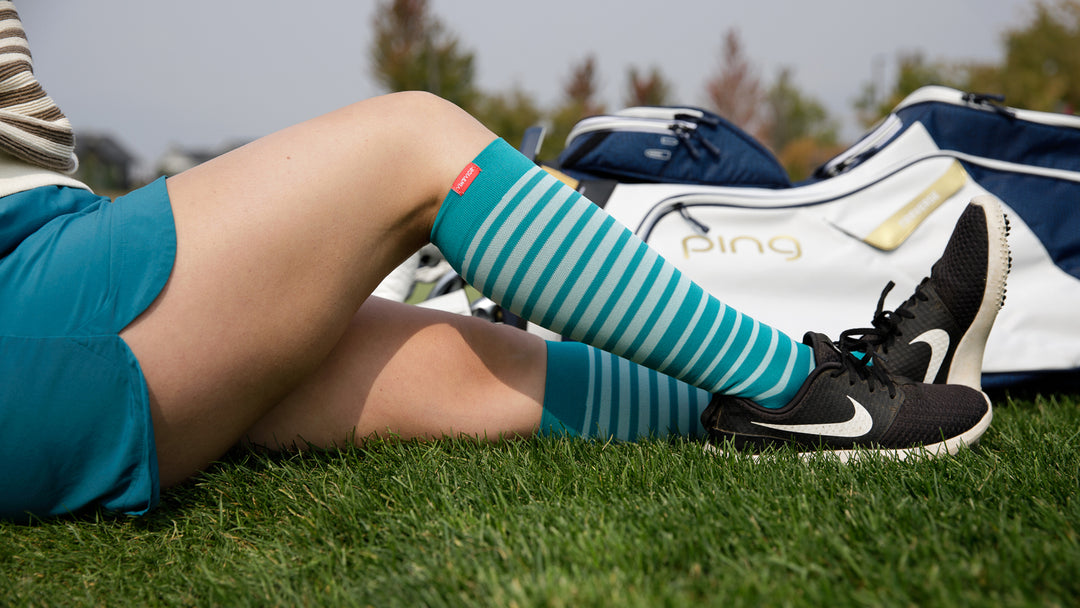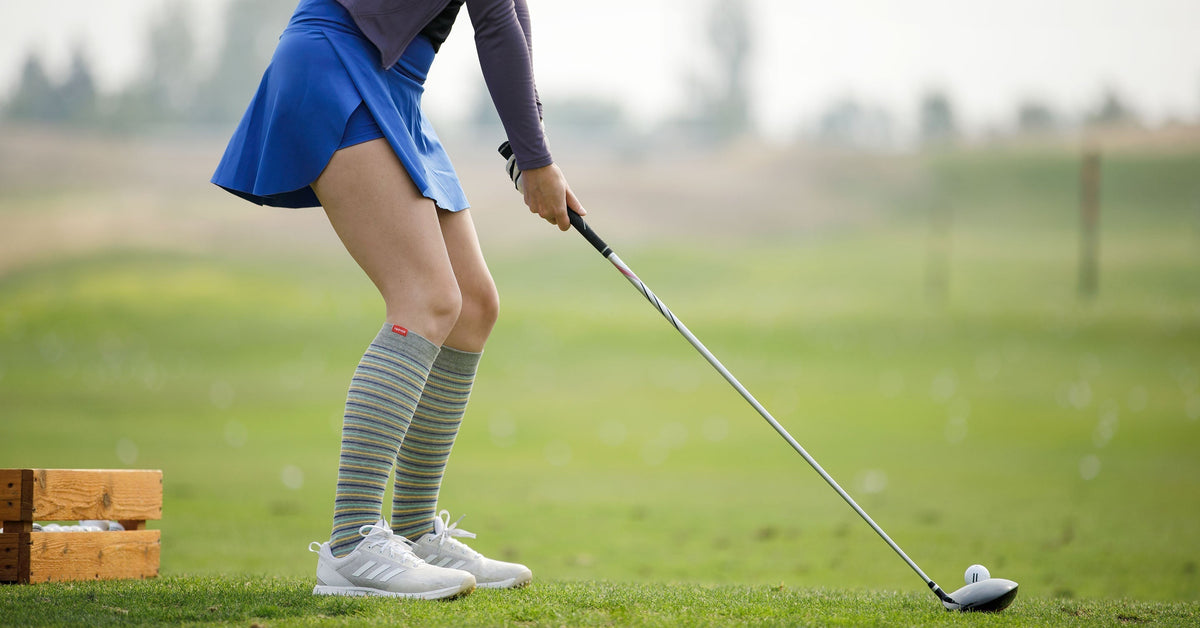

The lymphatic system is essential for our health and well-being. It helps process and remove waste products from our blood stream, which is a key role in the immune system and our overall health. However, the lymph nodes can be affected by several health issues or interventions (such as cancer treatment), which can cause severe and painful swelling called lymphedema.
Lymphedema can appear anywhere in the body, including the neck and head area. When it affects the limbs, lymphatic drainage massage and compression therapy can help stimulate circulation, move excess lymph fluid back into the vessels, and reduce swelling and discomfort. Additionally, there are exercises you can do to support your circulatory system and counter the effects of a sedentary lifestyle or being immobile for longer periods.
Here we’ll look at the benefits of lymphatic drainage exercises, the best type of physical activity you can do to maintain healthy circulation, and some top exercises and tips for countering leg lymphedema.
Benefits of Lymphatic Drainage Exercises
Staying active is beneficial for maintaining the health of your circulatory and lymphatic systems, and it also gives us a mental and emotional boost. Here is why doing lymphatic drainage exercises is good for you.
Physical Health Benefits
Medical research has found that activating the lymphatic system reduces fluid overload and swelling. Exercise that stimulates your muscles and breathing rates can promote lymphatic flow, according to a 2023 paper that conducted a randomized controlled trial to demonstrate the effectiveness of lymphatic activation exercises in patients with heart failure. Following this exercise protocol, subjects of the study saw better physical function and health as well as less abnormal weight gain caused by fluid retention.
In addition to improving lymph flow, exercise can help maintain fitness and a good range of motion, which can prevent lymphedema from causing problems engaging in activities you enjoy. Exercise also prevents weight gain and other potential health problems.
Mental and Emotional Well-Being
According to a 2021 medical study, decongestive exercises (another name for lymphedema exercises) help reduce swelling and discomfort. This may lead to relaxation and a feeling of lightness that promotes a positive mental state. We also know that exercise reduces stress by lowering adrenaline and cortisol levels. It boosts the production of endorphins, lifting our mood. Finally, some of the exercises that can stimulate lymph flow, such as cycling, swimming, or yoga, can be social activities. So, you can exercise while getting together with friends, which can further improve your mood through socialization.

Best Exercises for Lymphatic Drainage
From deep breathing to mobility-enhancing workouts like yoga, Tai Chi, and other low-impact aerobic exercise, here are the best ways to stay active while helping lymphatic drainage.
Deep Breathing Exercises for Lymph Flow
Research on cancer-related lymphedema has found that deep breathing and self-massage can improve well-being and quality of life for patients. A simple self-care protocol was put forward by a 2019 paper, which states that activities like deep abdominal breathing, leg exercises, walking, and massage may improve lymphedema issues, but results are still pending. Cancer Research UK also suggests that deep breathing will help the flow of lymph throughout the body, helping patients relax at the same time.
They suggest the following breathing exercise:
- Relax the shoulders and upper chest, resting one hand below your ribs.
- Breathe slowly in through your nose, focusing on how the hand rises with your abdomen.
- Breathe slowly out through the mouth, feeling the abdomen flatten back down.
- Repeat 5 times.
This facilitates lymph flow because it changes the pressure in the stomach and chest. It may be beneficial for lymphedema in any body area.
Rebounding
This could potentially be one of the most fun ways to work out and get health benefits… it’s a small trampoline! The rebounder is made for fitness and helps you bounce in place, associating that movement with others that create a “pumping” effect in the body which helps move your lymphatic fluid .
You can do a series of easy exercises on the trampoline:
-
Walk in place while moving your arms naturally by your side.
-
Progress to bigger arm swings while marching.
-
Jump from one leg to the other, shifting your weight.
-
Perform jumping jacks with just the feet, or with both arms and feet.
Always ensure you’ve warmed up with some dynamic stretches before jumping on the rebounder. This can reduce the risk of injury. After warming up, start with 10-15 minutes of activity, potentially simply walking in place at the start, and gradually progress in length and variety of movements.
Using your arms on the rebounder helps upper body lymph flow, while the leg focused movements are great not just for lymph and blood flow, but also for developing balance. Once you become more confident in your rebounding, you can search for more advanced workouts on YouTube.
Yoga and Stretching
When in a yoga class, you’re allowing yourself to relax and calm down the nervous system. In addition, you are improving flexibility and going balancing exercises that are known to have positive impacts on lymph flow. The diaphragmatic breathing that many yoga classes include is also incredibly good for the lymphatic system.
Many yoga poses stimulate circulation and the lymphatic system. These include neck stretches, the relaxing child’s pose, and the cat-cow pose where you activate the hips and lower back. Apanasana (the knees to chest pose) is another one to try: lie on your back and hug the knees into the chest. Squeeze the inner thighs together and turn your abdomen towards the back of the body (imagine a small crunch). Draw your forehead towards the knees if you can. This is great for stretching the spine as well as stimulating the lymphatic system.
Finally, elevating the legs is also particularly good for leg lymphedema and reducing swelling. Simply lie on your yoga mat, with your glutes next to a wall, and extend the legs to the ceiling while resting them against the wall. Medical studies show this can stimulate venous return towards the heart to reduce swelling and even improve lymph flow.
Tai Chi and Qigong
Slow, deliberate movements during a Tai Chi or Qigong practice are also good for lymph flow. These classes help improve balance and circulation, giving you an effective and low-impact form of exercising. This is particularly beneficial for those suffering from swelling and discomfort. Moreover, Tai Chi and Qigong practices also include deep breathing, which also stimulates the lymphatic system.
Cycling
To relieve pressure from lymph fluid buildup in the legs, without impact on the joints, cycling is an ideal form of light exercise. It can stimulate lymph flow with a few sessions indoors. Start with 20-30 minutes with light to no resistance, then gradually build up as you become stronger.

Swimming
Finally, swimming is great for lymphatic drainage and helps improve lymph flow without any impact on the body. The rhythmic shoulder rolls involved in swimming are great for stimulating upper body lymph flow, while kicking in the water can reduce fluid buildup in the lower limbs.
Top Lymphatic Drainage Exercises for Legs
Leg exercises are essential to help pump fluids out of the legs to reduce pain and swelling caused by lymphedema. If you suffer from leg lymphedema or an occasional accumulation of fluid in the legs, here are effective exercises to improve lymph and blood flow.
Walking for Lymphatic Health
Walking is the perfect way to start exercising for lymphatic drainage, particularly if you haven’t worked out in a while. You can start slow, with 20-30 minutes of light walking around the block, and gradually increase the speed or length of your outings. Bring a friend and catch up while walking to make it more fun. Walking brings down inflammation and swelling in the legs after a long day spent at your desk. It’s also great for lowering your risk of heart disease and other health conditions, all without needing any specialized equipment or complicated training regimens.
In fact, research has found that walking with compression legwear effectively reduces pain and swelling more than walking without compression legwear.
Seated Marching or Knee Lifts
You can march on the spot, while sitting or standing, to help improve lower leg circulation. At your desk or on a couch, begin by lifting one knee and putting it down, then doing the same with the other. Repeat 5-10 times for each leg.
Calf Raises for Circulation Boost
Calf raises will also boost your lower leg circulation, while strengthening the calf muscles. Hold on to a wall or the back of a chair when you do these, for balance. Then, lift yourself up on the balls of your feet, wait a second in the top position, and then slowly lower down. Do 10-12 repetitions.
Ankle Pumps and Toe Flexes
To decrease swelling in the ankles and pump lymph upwards, you can do some simple ankle rolls from seated. Lift your legs a little off the floor, then roll the ankles, in both directions. Follow up with bending to point the toes up towards you, then moving in the opposite direction with the toes pointing away from you.
Another exercise involves pointing your toes toward the floor (downwards), then lifting the heels off the floor. Repeat for 10-12 times.
Additional Tips for Boosting Lymphatic Health
A healthy lymphatic system relies on good hydration, movement, and a healthy lifestyle. Additionally, wearing compression socks helps support lymph flow without any added effort, while looking good.
Hydration and Its Role in Lymphatic Flow
Lymph fluid is made up of primarily water, so staying hydrated helps it move efficiently throughout the body. As the water in our bodies depletes, lymph can become stagnant or congested. This leads to swelling and poor lymphatic drainage. Ensure you stay hydrated by drinking at least 8 glasses of water daily. Adjust this depending on the temperature and weather conditions where you are.
Lymphatic Massage
Qualified lymphatic massage therapists employ a lightweight form of massage to help move the lymph towards the lymphatic vessels and back into regular circulation, decongesting the body and soothing discomfort. Medical research tells us that lymphatic massage is effective in reducing swelling and pain for people with lymphedema.
Nutrition and Lifestyle Considerations
Staying active and eating a balanced diet are both key to good circulation and lymphatic drainage. Ensure your meals include plenty of fruits and vegetables (which also help with hydration). Avoid sugary or extremely salty foods, as well as alcohol and too much caffeine. And include some form of exercise daily. The American Heart Association recommends that adults get at least 150 minutes per week of moderate-intensity aerobic activity (e.g., cycling or walking for 2.5 hours, or 30 minutes 5 days a week). The ideal level of movement is 5 hours a week if you can manage that.
Compression Wear to Support Lymph Flow
Compression garments are known to boost lymph circulation, while also supporting your muscles and joints when you exercise or during recovery. Wear knee-high compression socks at work for lymph flow benefits while looking stylish with any outfits. For more coverage and better support while exercising, compression leggings are effective in boosting circulation and helping muscles recover quicker.
An active lifestyle can ward off lots of health problems but, if you haven’t exercised in a while and suffer from lymphedema, there are lots of ways to start gradually and improve lymph flow and overall well-being. Consult with your doctor if you have any doubts before starting a new regimen. Then, wear compression socks to help get even better results from your lymphatic drainage workouts and to recover in style.
References
Atan, T., & Bahar-Özdemir, Y. (2021). The Effects of Complete Decongestive Therapy or Intermittent Pneumatic Compression Therapy or Exercise Only in the Treatment of Severe Lipedema: A Randomized Controlled Trial. Lymphatic research and biology, 19(1), 86–95. Read it here.
Cancer Research UK. (2021). Exercise, positioning, and lymphoedema. Read it here.
Carvalho, C. A., Lopes Pinto, R., Guerreiro Godoy, M.deF., & Pereira de Godoy, J. M. (2015). Reduction of Pain and Edema of the Legs by Walking Wearing Elastic Stockings. International journal of vascular medicine, 2015, 648074. Read it here.
Collins, T. C., & Twumasi-Ankrah, P. (2013). A walking intervention to reduce inflammation in patients with diabetes and peripheral arterial/artery disease: A pilot study. SAGE open medicine, 1, 2050312113505559. Read it here.
Douglass, J., Mableson, H. E., Martindale, S., & Kelly-Hope, L. A. (2019). An Enhanced Self-Care Protocol for People Affected by Moderate to Severe Lymphedema. Methods and protocols, 2(3), 77. Read it here.
Freguia, S., Platano, D., Donati, D., Giorgi, F., & Tedeschi, R. (2024). Closing the Gaps: An Integrative Review of Yoga's Benefits for Lymphedema in Breast Cancer Survivors. Life (Basel, Switzerland), 14(8), 999. Read it here.
He, H. W., & Liu, D. W. (2016). Passive Leg Raising in Intensive Care Medicine. Chinese medical journal, 129(14), 1755–1758. Read it here.
Li, Y., Meng, Q., Luo, B., Li, M., Fang, J., Allred, S. R., & Fu, M. R. (2023). Exercises in activating lymphatic system on fluid overload symptoms, abnormal weight gains, and physical functions among patients with heart failure: A randomized controlled trial. Frontiers in cardiovascular medicine, 10, 1094805. Read it here.
Thompson, B., Gaitatzis, K., Janse de Jonge, X., Blackwell, R., & Koelmeyer, L. A. (2021). Manual lymphatic drainage treatment for lymphedema: a systematic review of the literature. Journal of cancer survivorship: research and practice, 15(2), 244–258. Read it here.
Vairo, G. L., Miller, S. J., McBrier, N. M., & Buckley, W. E. (2009). Systematic review of efficacy for manual lymphatic drainage techniques in sports medicine and rehabilitation: an evidence-based practice approach. The Journal of manual & manipulative therapy, 17(3), e80–e89. Read it here.
Wang, J., Ma, J., Zhang, Y., Tian, Y., Wang, X., Wang, Y., Xiang, D., Wang, D., Huang, K., Mao, L., Zhang, J., Fan, H., & Li, Y. (2024). The rehabilitation efficacy of diaphragmatic breathing combined with limb coordination training for lower limb lymphedema following gynecologic cancer surgery. Frontiers in bioengineering and biotechnology, 12, 1392824. Read it here.

